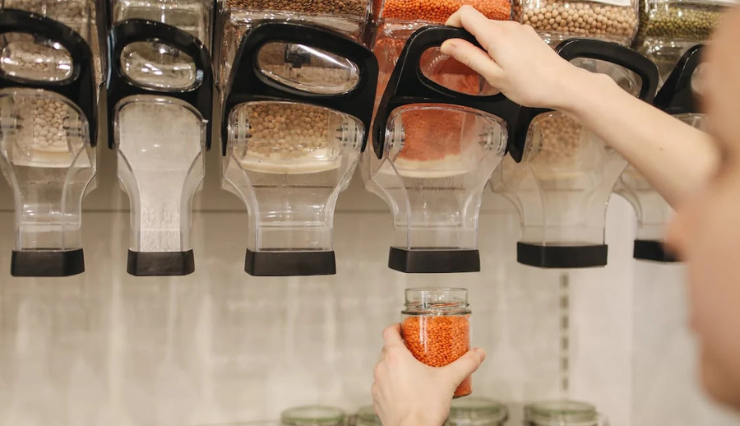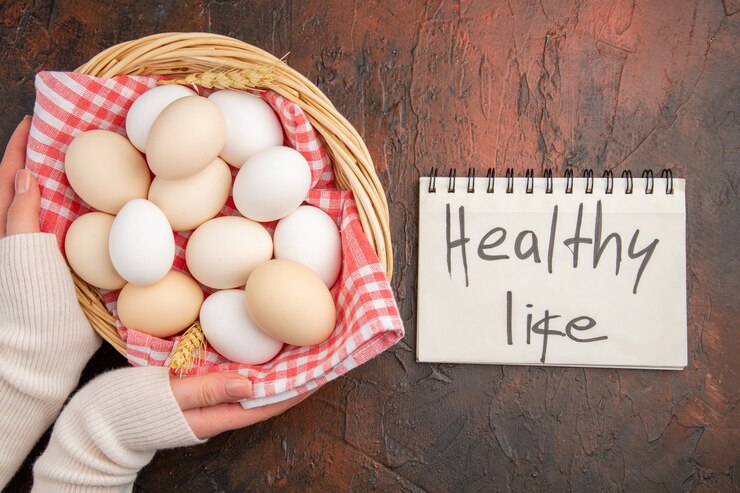Zero waste cooking is becoming increasingly popular as a major trend in the practice of mindful eating. More individuals are adopting zero waste cooking to create a positive effect due to increasing worries about environmental sustainability and food waste. This blog delves into the concept of zero waste cooking, discussing its advantages and providing handy tips for minimizing food wastage in the kitchen.
Understanding Zero Waste Cooking
Definition: Zero waste cooking involves minimizing food waste by ensuring that every ingredient is utilized to its fullest extent. This includes utilizing every part of ingredients, making use of uneaten food, and practicing eco-friendly cooking methods.
Historical Context: The idea of zero waste cooking is not a new concept. Throughout history, cultures from around the globe have employed different techniques to make sure none of their food is thrown away. Over time, these traditions have transformed into a contemporary movement centered on environmental responsibility.
Importance: Zero waste cooking is important in cutting down on the food that gets thrown away in landfills. By embracing these methods, people can greatly decrease their carbon footprint and help create a more sustainable food system.

Benefits of Zero Waste Cooking
Environmental Impact: Zero waste cooking has a significant advantage in terms of its beneficial effect on the environment. Reducing food waste can help cut down on methane emissions from landfills and protect natural resources such as water and soil.
Economic Benefits: Zero waste cooking can also result in considerable savings. Households can save money on groceries and make their food budget go further by utilizing all parts of ingredients and finding new uses for leftovers.
Health Benefits: Zero waste cooking promotes the utilization of fresh, unprocessed ingredients while reducing dependency on packaged foods. This could result in a more nutritious diet, packed with essential nutrients and lacking in unnecessary additives and preservatives.

Practical Tips for Zero Waste Cooking
Meal Planning: Prepare your meals in advance to reduce the amount of food that goes to waste. Make a list for grocery shopping by considering what items you already have at home and what ingredients are needed for the meals planned for the week.
Using Leftovers: Exercise your creativity by using up leftover ingredients. Give last night’s dinner a makeover by repurposing roast chicken for sandwiches or salads the following day. Proper Storage:Properly store ingredients to prolong their shelf life. Make sure to store dry goods in airtight containers and place fruits and vegetables in the appropriate compartments of your refrigerator.
Composting: Composting leftover food is a great method to decrease garbage. Composting transforms organic waste into valuable compost, aiding in soil enrichment and promoting plant development.
Portion Size and Plate Waste
Another crucial measure in managing food waste is monitoring portion sizes alongside adopting a zero-waste approach. An International Journal of Applied Management and Technology report stated that around 31% to 40% of food given to customers is wasted. Restaurants frequently increase portion sizes to align with shifting market trends and customer preferences, ensuring patrons feel they are receiving good value for their money.
In America, restaurants typically serve portion sizes that are double or triple what the average diner should be eating in one meal. This trend not only causes more food to be wasted but also adds to the rising obesity rates in the US. Nevertheless, according to a study carried out by global climate organization WRAP, there is a shift in customer behaviors and attitudes regarding food wastage while eating out. Over 60% of individuals worry about wasting food when dining out. In 2012, 41% of individuals thought that the serving size was excessive, leading to leftovers, whereas now the percentage has increased to 48%.
One solution to tackle this issue is to provide reduced portion sizes at a discounted rate while also offering bigger portion sizes at a higher cost. Allowing customers with smaller hunger levels to purchase smaller meals could result in less food waste and reduced costs for the restaurant. Professional advice: place smaller plates filled with food onto larger plates. This way, sections will appear larger.
Training is crucial as well. Despite having experienced staff in the kitchen, it is important to continually educate them on minimizing food waste. Train chefs and wait staff on proper serving sizes for each meal, and highlight the importance of utilizing items like measuring cups and scales. Perform regular portion checks to ensure that employees are adhering to designated food quantities.
By embracing a zero-waste approach, paying attention to portion sizes and leftovers on plates, you can lower food expenses and boost your restaurant’s profits. Operators can experience labor cost savings by improving the efficiency of food handling, preparation, and storage. There are benefits for the environment when energy and resources are managed more effectively, which helps to reduce pollution from various stages of food production and distribution

Innovative Zero Waste Cooking Techniques
Nose – to – tail cooking: This method entails utilizing all parts of an animal to reduce wastage. For instance, broth can be made from bones, and unconventional meat cuts can be included in various recipes.
Roof – to – stem Cooking: Cooking from root to stem makes sure that every part of vegetables, such as stems, leaves, and peels, is used. Pesto can be made from carrot tops and broccoli stems can be cooked in a stir-fry.
Preserving and Fermenting: Methods such as pickling, fermenting, and canning can prolong the freshness of ingredients and lead to the development of tasty new flavors. Preserving cabbage by fermenting it into kimchi not only retains its freshness but also introduces probiotic advantages.
Zero Waste Cooking in Professional Kitchens
Case studies – Numerous dining establishments and culinary experts are at the forefront of adopting zero waste cooking practices. For instance, Silo in the UK and Blue Hill in New York City are famous for their dedication to sustainability and zero waste efforts.
Innovative Practices – Professional kitchens are implementing new methods to minimize waste by composting food scraps, purchasing ingredients locally, and creating menus that utilize ingredients effectively.
Impact on the Industry – Zero waste cooking’s growing popularity is impacting the culinary sector, prompting increased numbers of chefs and eateries to embrace eco-friendly methods. Anticipated growth of this trend will transform the dining and food service industry ahead.

Conclusion
Zero waste cooking goes beyond being a fad; it is a mindful and effective way of eating that has positive effects on both people and the planet. By embracing this way of thinking, you can lower food wastage, cut costs, and help build a more eco-friendly tomorrow.
By using leftovers in a creative way and adopting innovative cooking methods such as nose-to-tail and root-to-stem, zero waste cooking enables individuals to have a positive impact on the world, beginning in their own kitchen. As more culinary professionals and home chefs adopt these methods, we can progress towards a future where waste is reduced and sustainability is standard in food preparation and consumption.
Feel free to contact us to find out more about us and our services, explore who we are, or discuss advertising opportunities. Don’t overlook subscribing to our magazine for monthly updates, exclusive insights, and more exciting content!




